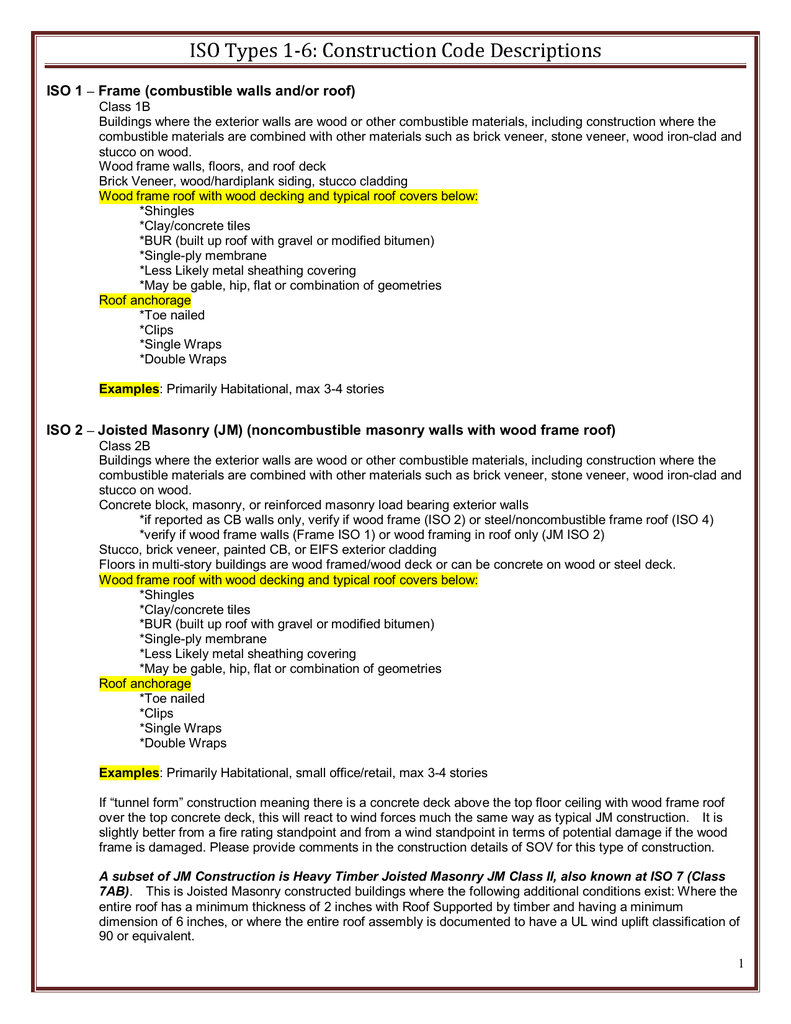
TYPESY ISO ISO
In fact, ISO 20022 will enable financial institutions to almost seamlessly leverage both high-value and instant payment schemes. Much of that friction will be eliminated when high-value payment schemes migrate to the ISO 20022 format. Given that most instant payment schemes are ISO 20022-based, there is friction in translating messages to and from legacy high-value payments systems. ISO 20022, or SWIFT gpi and ISO 20022?Īlthough SWIFT gpi and ISO 20022 are separate initiatives, both can open the door to real-time payments and a host of new value-added services, especially when high-value payments switch to ISO 20022. Adopt a forward-thinking perspective, consider which opportunities to pursue prior to beginning the migration process and build those opportunities directly into ISO 20022 strategy.

Educate staff on the significance of the new ISO 20022 format and invest in adequate training for new systems.Take a gradual approach, first doing only what’s absolutely necessary to connect to payment rails and accommodate larger data volumes - for example, setting up end-to-end payment flows for STP - and then migrating over additional systems and interfaces.Become familiar with each applicable domestic and regional scheme’s ISO 20022 requirements prior to migration to ensure proper compliance.

TYPESY ISO HOW TO
Conduct a thorough gap analysis of core payments processing capabilities to fully understand which systems must undergo modernization for ISO 20022, and how to prioritize those systems.That said, there are some general best practices participant banks should follow to ensure a smooth migration process: For this reason, it’s impossible to say what challenges are associated with ISO 20022 implementation what challenges one financial institution faces, another may not. What challenges are associated with ISO 20022 implementation?Įach ISO 20022 migration is distinct, and no two banks’ implementation will look exactly alike. Is not enforced from a regulatory perspective however, at the payments system level, operators have set their own deadlines for switching over to the new standard.Is currently used by over 70 financial services organizations, including The Clearing House’s Real-Time Payments network, SWIFT, the China National Automatic Payment System and the Bank of Japan’s Financial Network System.



 0 kommentar(er)
0 kommentar(er)
